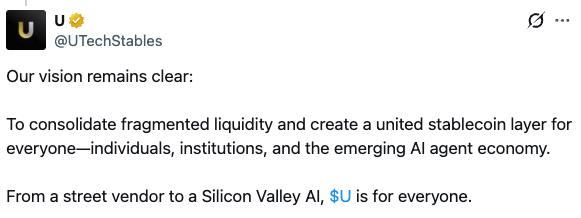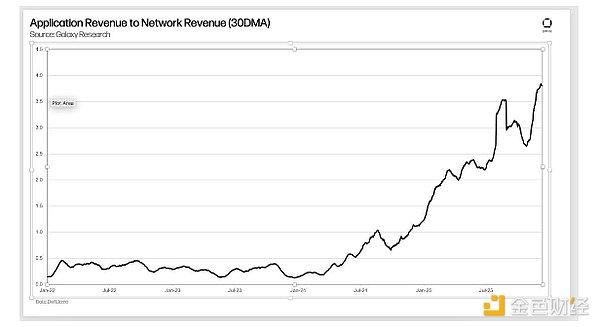Chainfeeds Guide:
Where there is no privacy, there is no freedom; where there is no shadow, there is no light. Defending privacy is not about writing articles, hosting dinners, or embroidery. From Article 12 of the "Universal Declaration of Human Rights" to the code poetry of zero-knowledge proofs, true freedom begins with adhering to invisible rights.
Article Source:
https://x.com/Bruce1_1/status/1915376303169253820
Article Author:
@Bruce
Perspective:
@Bruce: Aztec's story began in 2017, with an initial vision of creating a blockchain-based enterprise debt issuance platform called CreditMint. At the time, the four founders - Zac Williamson, Joe Andrews, Tom Pocock, and Arnaud Schenk - did not anticipate becoming pioneers in the privacy track. In an era when zero-knowledge proof technology was not yet widespread, and PLONK proof system and Noir programming language had not yet been born, their original intention was simple and pragmatic. However, this pragmatism allowed the team to keenly perceive the core pain point of the blockchain world - lack of privacy protection. Although the on-chain issuance of enterprise debt achieved partial success, it exposed the traditional institutions' natural aversion to transparent environments. This realization made the Aztec team understand that privacy is not only a prerequisite for institutional blockchain entry but also the key threshold for ordinary users to truly embrace blockchain. Thus, they decisively transformed, abandoning their initial "on-chain financial tool" positioning and committing to the deep waters of privacy technology, embarking on a magnificent transformation from financial tools to privacy infrastructure. Aztec's rise proves that true innovation often stems from a profound insight into real-world needs, rather than setting a grand narrative from the start. From 2018 to 2020, the Aztec team experienced a significant technological breakthrough. Early versions of the Aztec protocol, while achieving asset privacy, had fatal flaws such as high computational costs and limited functionality. To address this, founder Zac led the development of the PLONK proof system, which greatly lowered the barrier to using zero-knowledge proofs by solving the cryptographic circuit reuse problem through a one-time universal trusted setup, making privacy programming truly feasible. The emergence of PLONK not only paved the way for Aztec itself but also became a cornerstone for the entire industry, with projects like zkSync and Polygon adopting it. Subsequently, the team introduced Noir - a programming language designed specifically for zero-knowledge circuits, further reducing the technical barriers for developers entering the privacy domain. The combination of these two technological achievements transformed Aztec from a privacy payment and DeFi experimenter to a core infrastructure provider in the privacy track. PLONK and Noir are more than just tools; they represent Aztec's firm pursuit of privacy programmability and decentralization, injecting long-term technical vitality into the blockchain ecosystem and establishing its leading position in the industry. Although zk.money and Aztec Connect once led the privacy payment and DeFi wave, the team knew these products could not perfectly balance decentralization and scalability. In 2023, Aztec decisively chose to close early products and initiate a mainnet reconstruction project, aiming to create a completely decentralized, fully private, and programmable blockchain network. The current Aztec architecture integrates a decentralized Prover and Sequencer network, a privacy execution environment (PXE), and an upgraded proof system, forming a nested privacy Russian doll. The team not only focuses on technological breakthroughs but also looks towards future application scenarios - from privacy credit loans to information asymmetry games, and privacy protection in social networks. Noir becomes the core weapon, promoting developer ecosystem prosperity and helping to build next-generation privacy applications. Aztec's strategic transformation signals that it is no longer limited to privacy transactions but aims to reshape the entire on-chain interaction method, promoting a new era of blockchain where privacy is the default. Facing challenges in mathematics, technology, and network layers, Aztec chooses to forge ahead, striving to write a new chapter of freedom free from surveillance in the digital age.
Content Source








